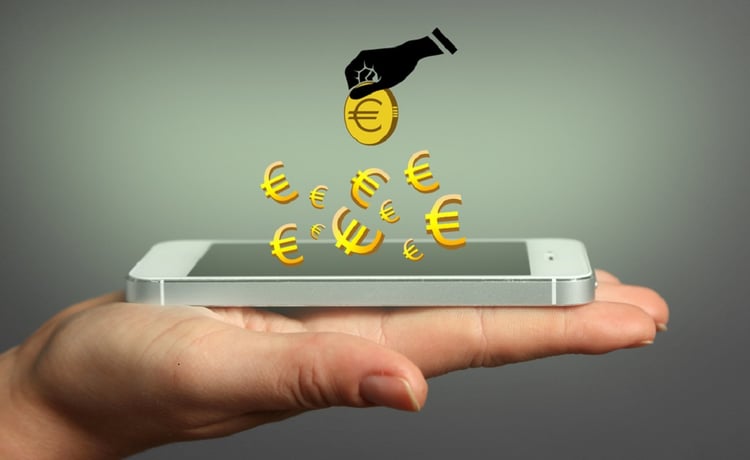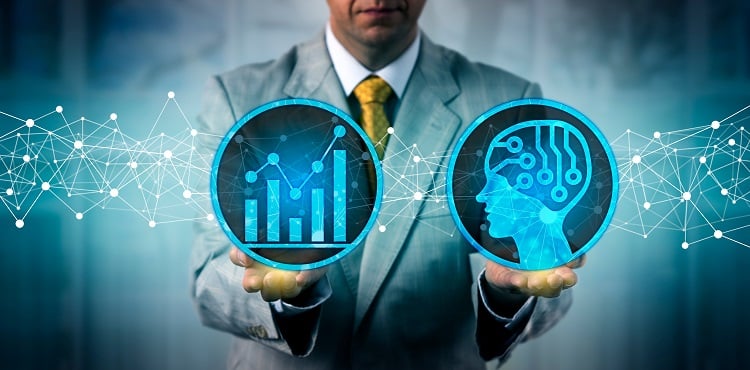The COVID-19 pandemic has pushed all the traditional boundaries across every sector. New firms are challenging incumbents in every sphere. Take, for example, Elon Musk – apart from informing everyone that the earth has faced at least five extinction-level events, he has been suggesting that we should colonize Mars in order to re-establish humanity on earth, in case another one strikes. No wonder, SpaceX has been positioned as a survival endgame in such a scenario.
Non-banking firms like Alipay, Amazon Pay and WeChat Pay are now an existential threat to the incumbents (traditional banks). Unless the old guard adapts to the new world, the newbies will disrupt and dominate the global economy. Many well-known, old-school banks that are still relying on only their legacy capabilities might soon be left to only rue and ruminate about why they lagged. Customer experience will dominate every product offering, or rather, the utility offers.
Banking – the way ahead
Imagine a platform that provides a utility to overlook traditional modalities and gives the freedom to access money in the way and form one wants. For example, I am an MSME corporate who needs an overnight loan (in USD) to pay for some expenses. Or a retailer who wants to shift his credit from an open market structure to a more inclusive banking environment. Wouldn’t it be a satisfying experience if a financial institution could provide such customized services without the obligations of going to a branch or filling tedious forms? Such services can be delivered via complete KYC (know your customer) and credit profile evaluation through ML (machine learning) within minutes.
Traditionally, banking - even with digital changes - relies on a branch analogy (digitizing all products available in the branch) and has an inward focus. Banks often suffer from marketing myopia, lacking the ability to think about “what business they are in”- do they provide any utilities to make deposits and loans, or are they in the business of servicing the customer through utilities?
Financial offerings by multi-sided networks

Companies like Ant Financials (parent of Alipay from China) have started providing banking utilities, like digital credit and shopping, by using a single platform. This change in business strategy by a multi-sided networking company has ushered a paradigm shift in the industry. Significant players in China, like the Industrial and Commercial Bank of China (ICBC), had to revamp their business model to ultimately become an e-commerce player. On the other hand, e-commerce network providers are now providing credit lines and loans. For example, Amazon and Alibaba have started maintaining their loan books and credit facilities. Uber facilitates car leasing on its platform, which does not require a traditional credit approval process. This promotes leasing services without maintaining a banking setup.
What does all this mean? Is this the end of traditional banking? Or is this situation like a double-edged sword?
Evolution of utilities in banking

Back in the 20th century, cash was the primary mode of payment. Then, came along cheques, which were introduced as a utility and became an instant hit even with a settlement time of 2-3 days. Cheques soon came to be seen as one of the most elegant innovations of the financial industry - until they started to bounce. They were followed by the plastic currency (debit and credit cards).
Today, companies like Alipay, M-Pesa, Paytm, and PayPal have turned the tables completely. They all started as a payments network, and now, with tech companies getting into finance, we are in an era where they don’t even need you to go through your bank. What it all boils down to is that the financial institutions should understand the context and provide the experience instead of focusing only on the products and then considering the target customers.
In a nutshell, only branch analogy-based digital transformation will not help the incumbents. They need to do more to reach the level of utility-based digital transformation offered by non-banking networks. The sales myopia forces banks or other financial institutions to miss the context. For example, if we go to a grocery shop and fall short of cash in our account, we instantly know that we are short of money. In this situation, can a bank provide an emergency overdraft alert? Using this service, if we tap ‘yes’ on our mobile, the transaction can still be made. Now, this is an experience of using credit but did not require a credit card. In another scenario, a bank can suggest wealth management opportunities to customers by trailing their behavior. It will give an experience as per customer needs rather than the product that the customer is buying.
Multi-sided platforms and network effect
Let's look at some of the utilities that incumbent banks provide, like money transfer and complex credit systems, through the closed bank-to-bank services. You will often notice complex and slow processes. In comparison, the multi-sided networks and digital platforms provide a fast and real-time open banking environment. This efficiency brings greater customer satisfaction, which creates higher customer acquisition and retention. A leading incumbent bank like JPMorgan Chase has approximately 80 million customers, while Alipay has about 600 million-plus customers. This huge difference suggests that digital, straightforward and inclusive ecosystems of multi-sided platforms provide a huge benefit.
Companies like Amazon are promoting their utilities like Alexa to create an AI environment based on enabled relations. For example, soon, there will be solutions to use personal assistant tools like Siri, Google Assistant, or Alexa to have a virtual branch at your disposal. Banks will have to come out of their mindset, which is restricted by compliance, legal, and legacy platforms. These aspects, though necessary for a banking unit, do not give the ability to think like a networking platform.
The real application of data

The humongous data that comes out of the network can give financial institutions the power to do a lot more to assist the customers. Behavioral analytics (discussed earlier) would provide more valuable information by merging the macro and microeconomic factors with the information received from customers. It will help the banks understand their customers through data and offer them trustworthy advice.
Cyclic commodities show different seasonal trends. For example, electricity consumption may be lower in the southern hemisphere and higher in the northern hemisphere or vice versa. If a customer likes to track this as a commodity, wouldn't it make sense to present a graph of usage and show some trends of commodity futures from the network data? How cool it’ll be if an automated robo advisor looks at a customer’s mutual fund portfolio and gives real-time comparison based on a rich data of macroeconomic outlooks or corporate decisions!
Imagine that a customer has configured to receive advice from the bank. A virtual assistant assesses the market trends based on a sudden decrease in interest rates and advises the customer to move the money to an exchange-traded fund (ETF) . If the customer is a small business owner, wouldn't it be advantageous if the bank looked at the trends of his/her cash flow management and gave advice on how to smoothen the credit line process?
Avoid frictions
Do not limit the customer by offering products with unnecessary frictions; think about how to solve a problem optimally. A bank should always ask itself questions along these lines:
1) How can we enable customers to buy something when they are short of cash while not disturbing their portfolios?
2) How can we simplify healthcare costs?
Multi-sided networks and new digital platforms will have a definite advantage. Banks that are still waiting should at least start thinking about these things instead of just changing within the digital branch analogy. In the new world, the utility will govern the revenue, and omnichannel will support this from under the surface.
Reference: Banking 4.0 by Brett King




